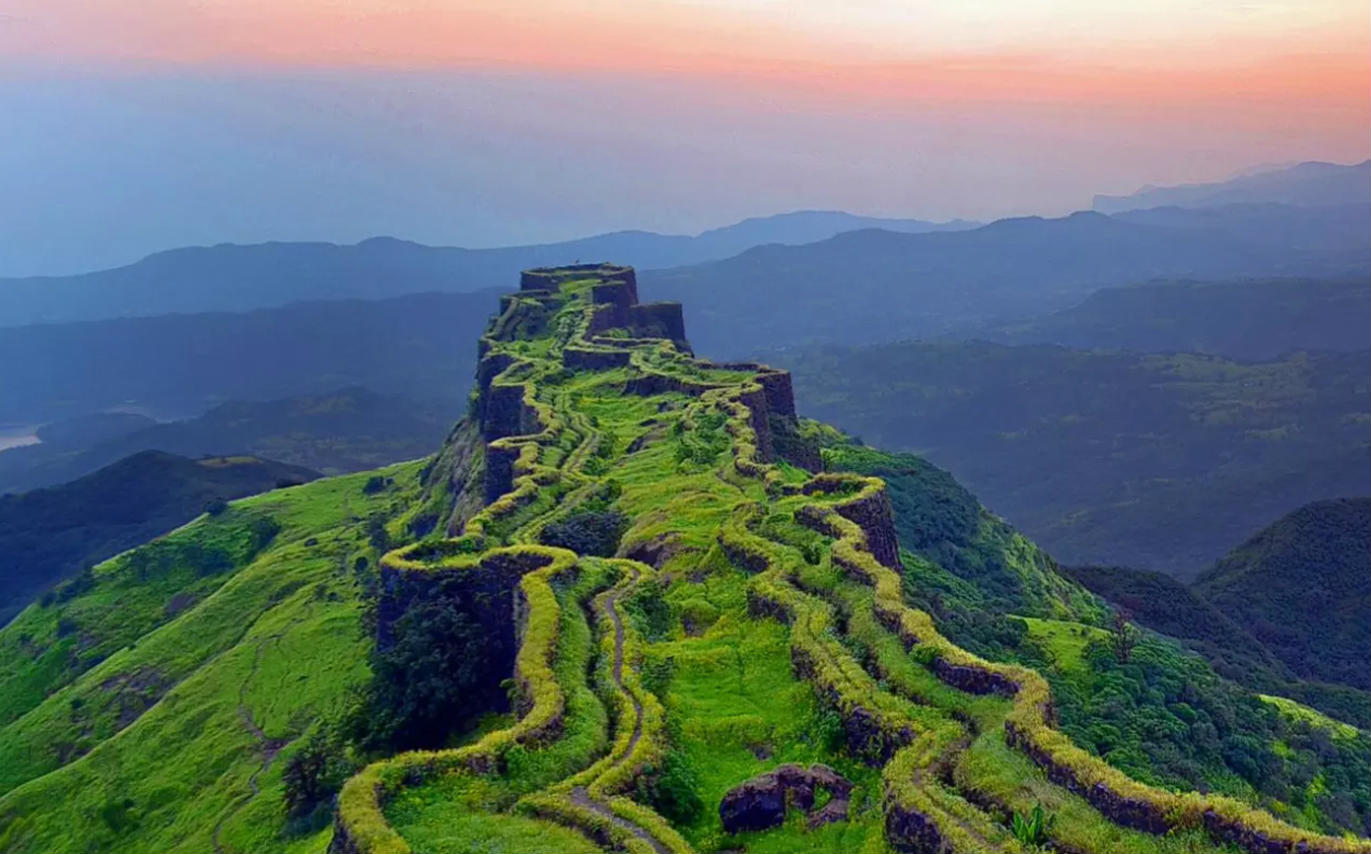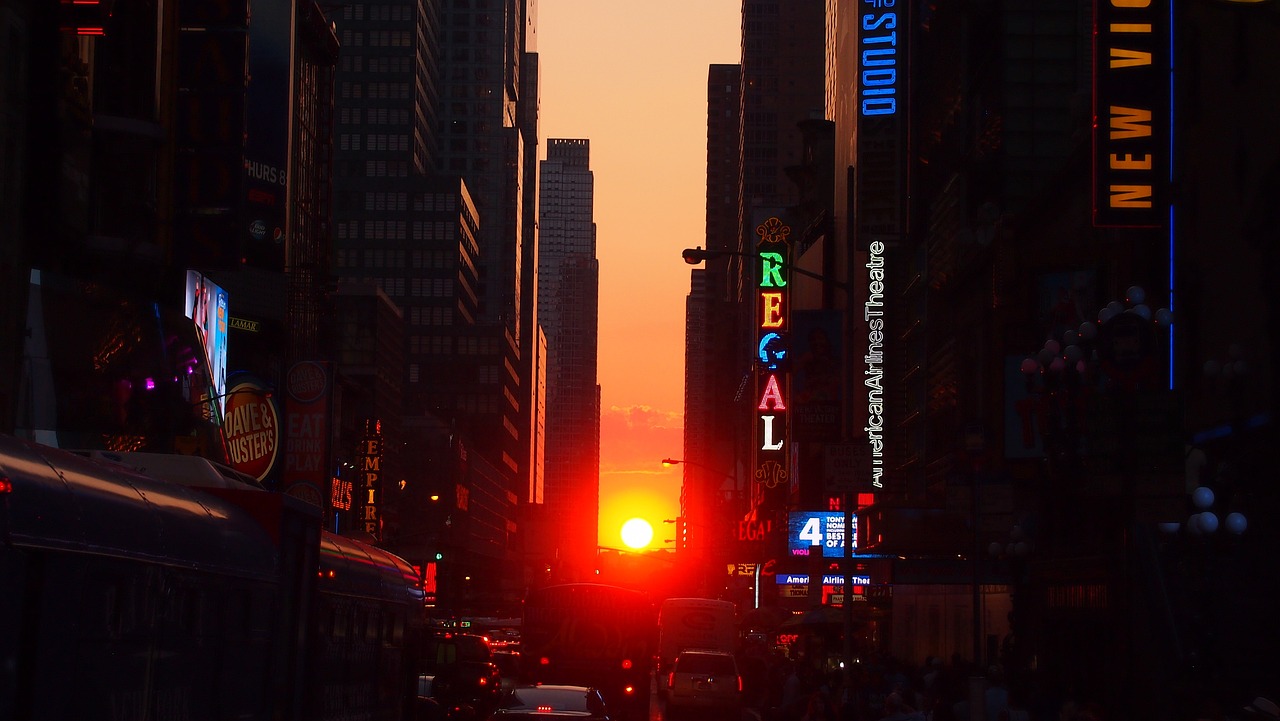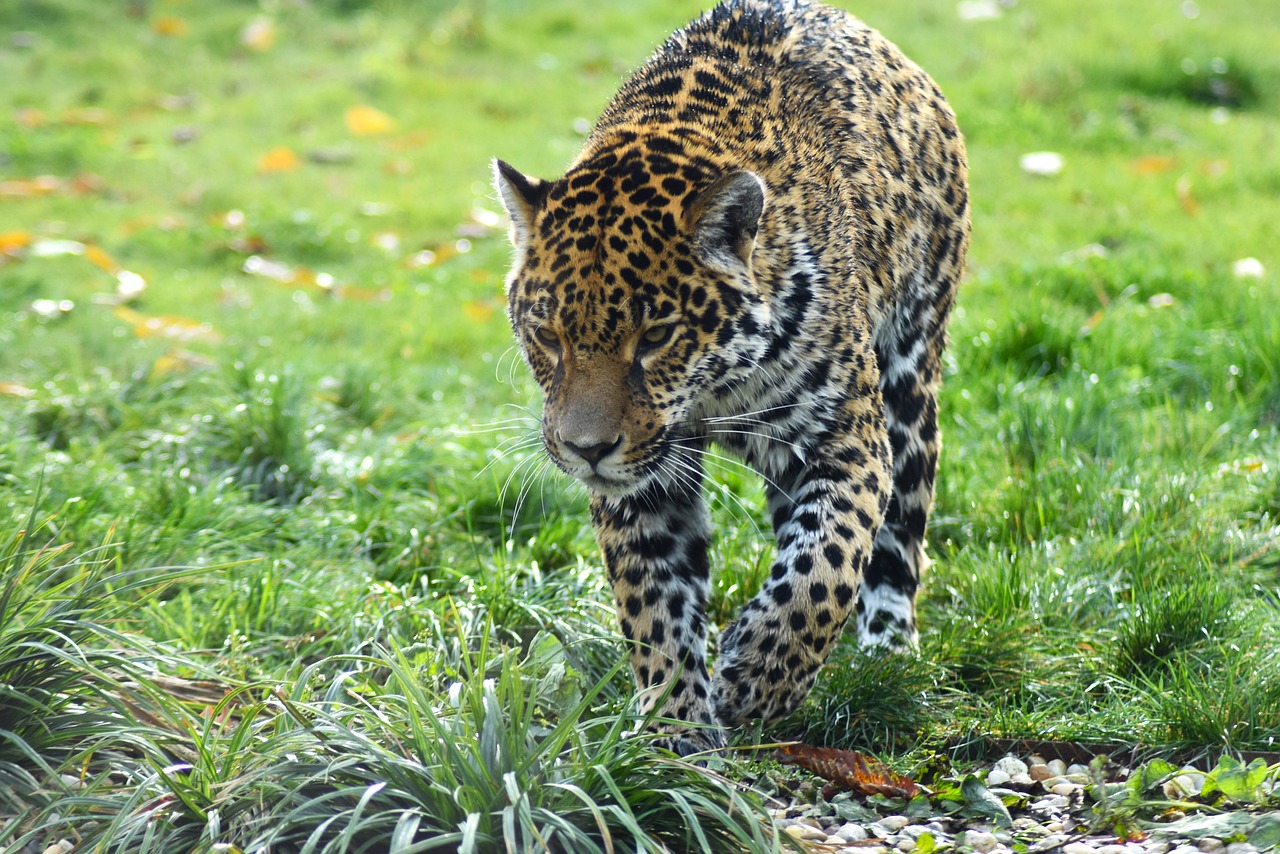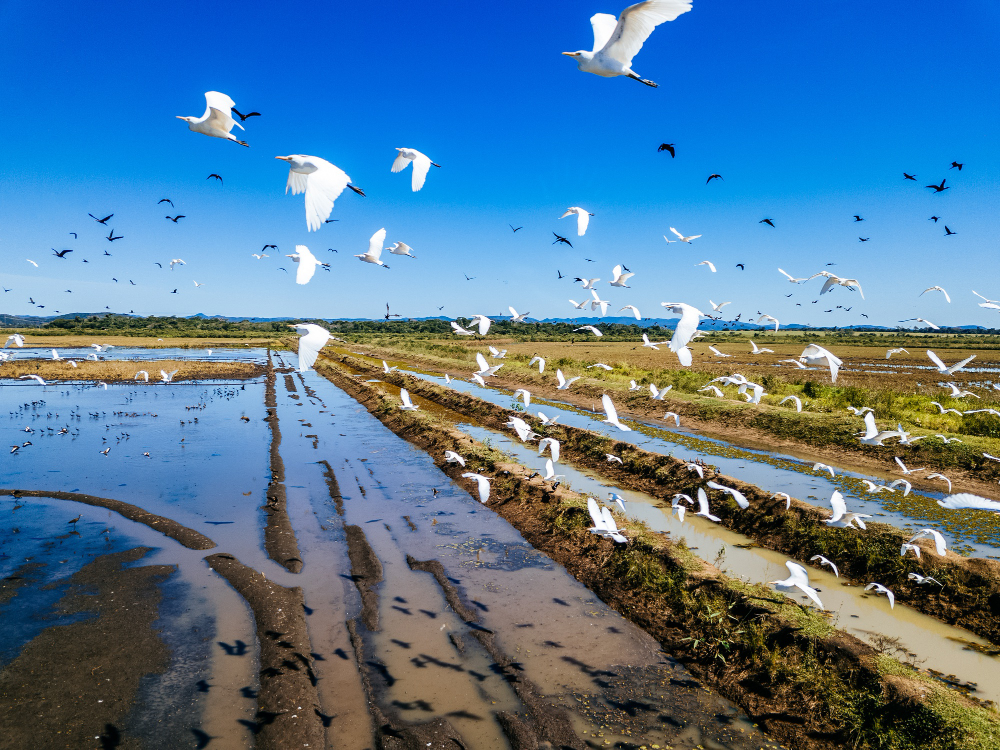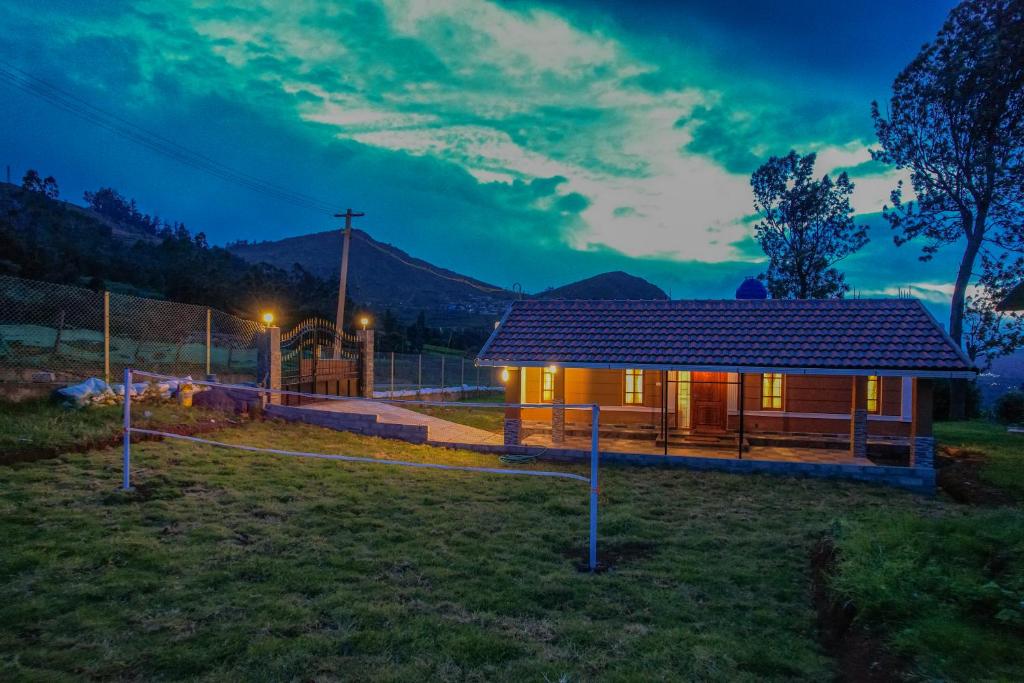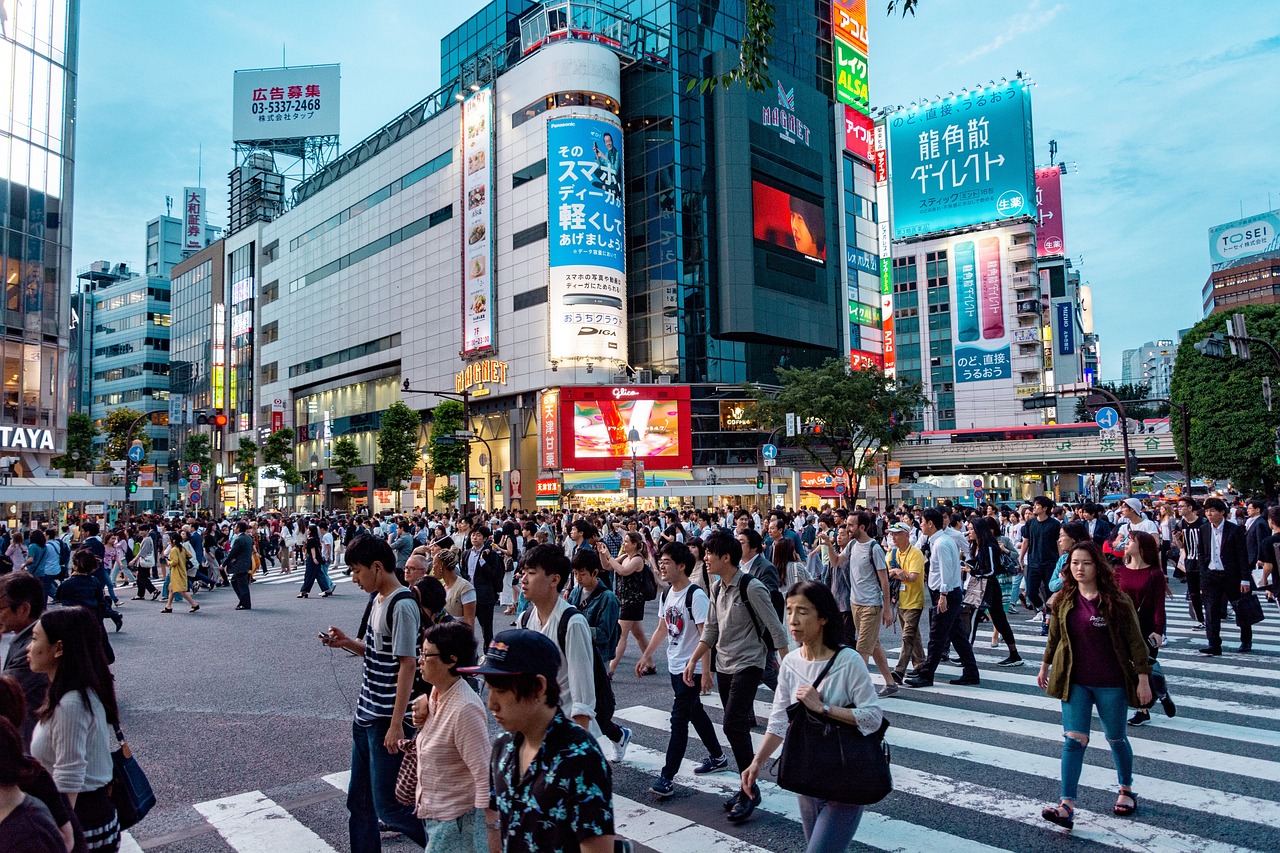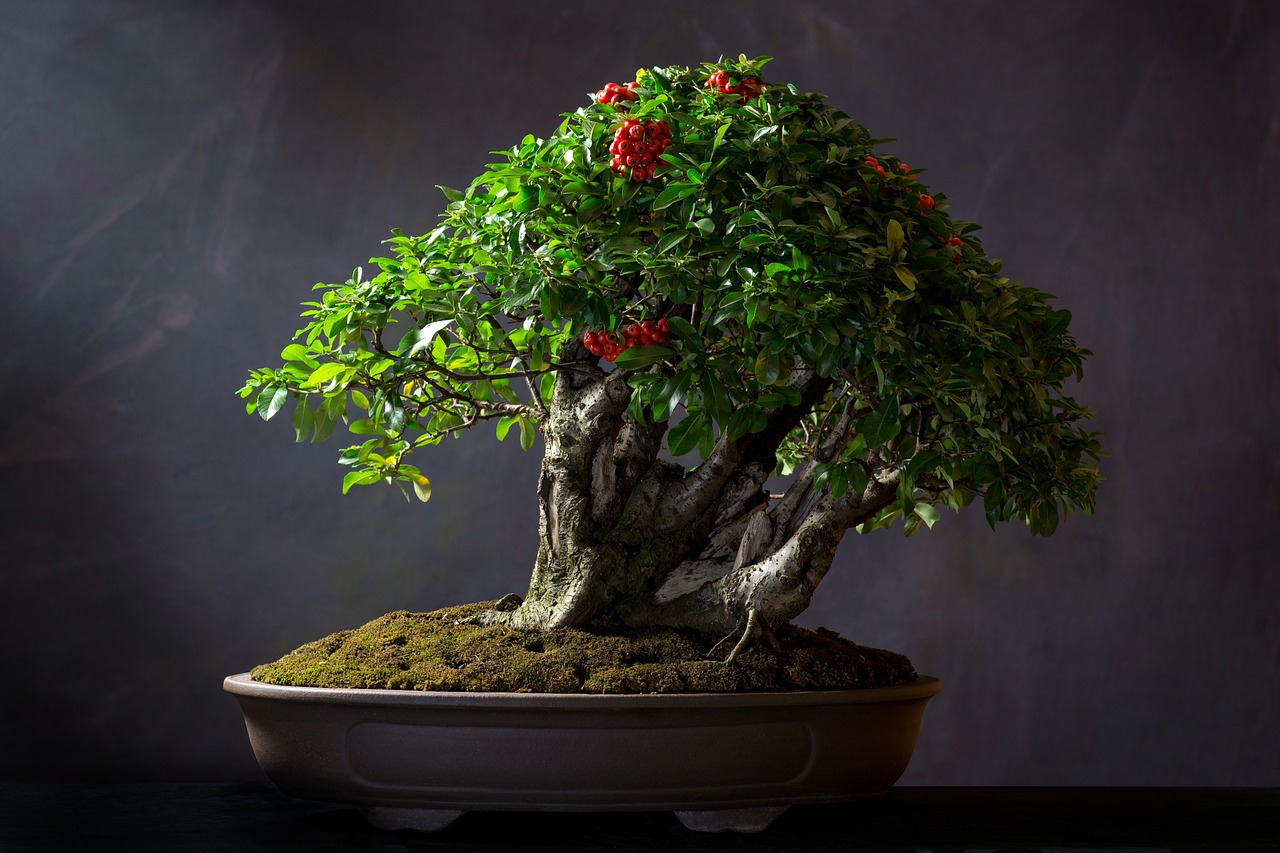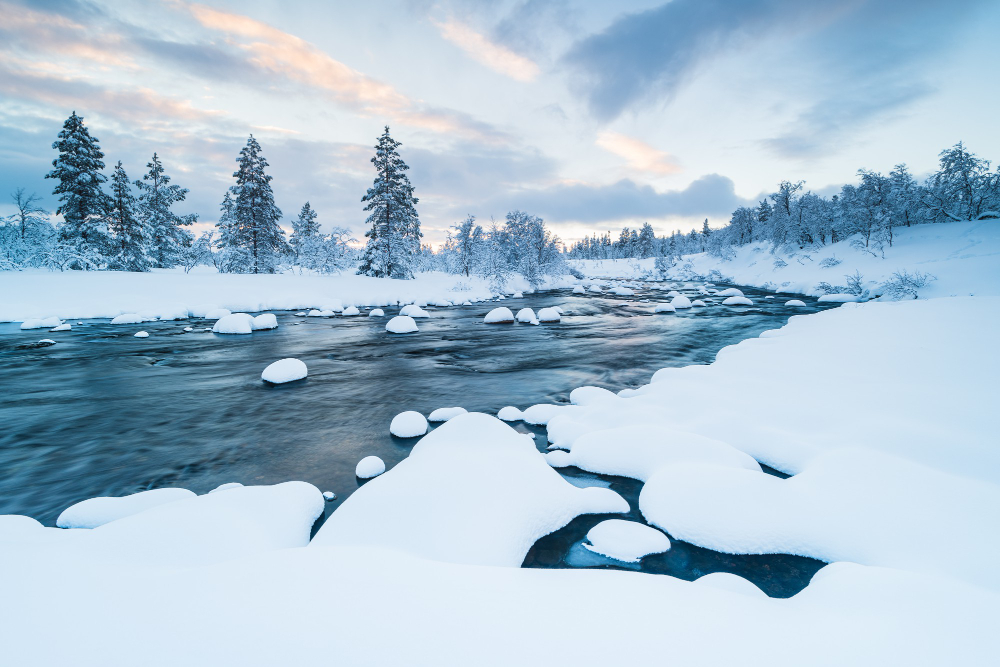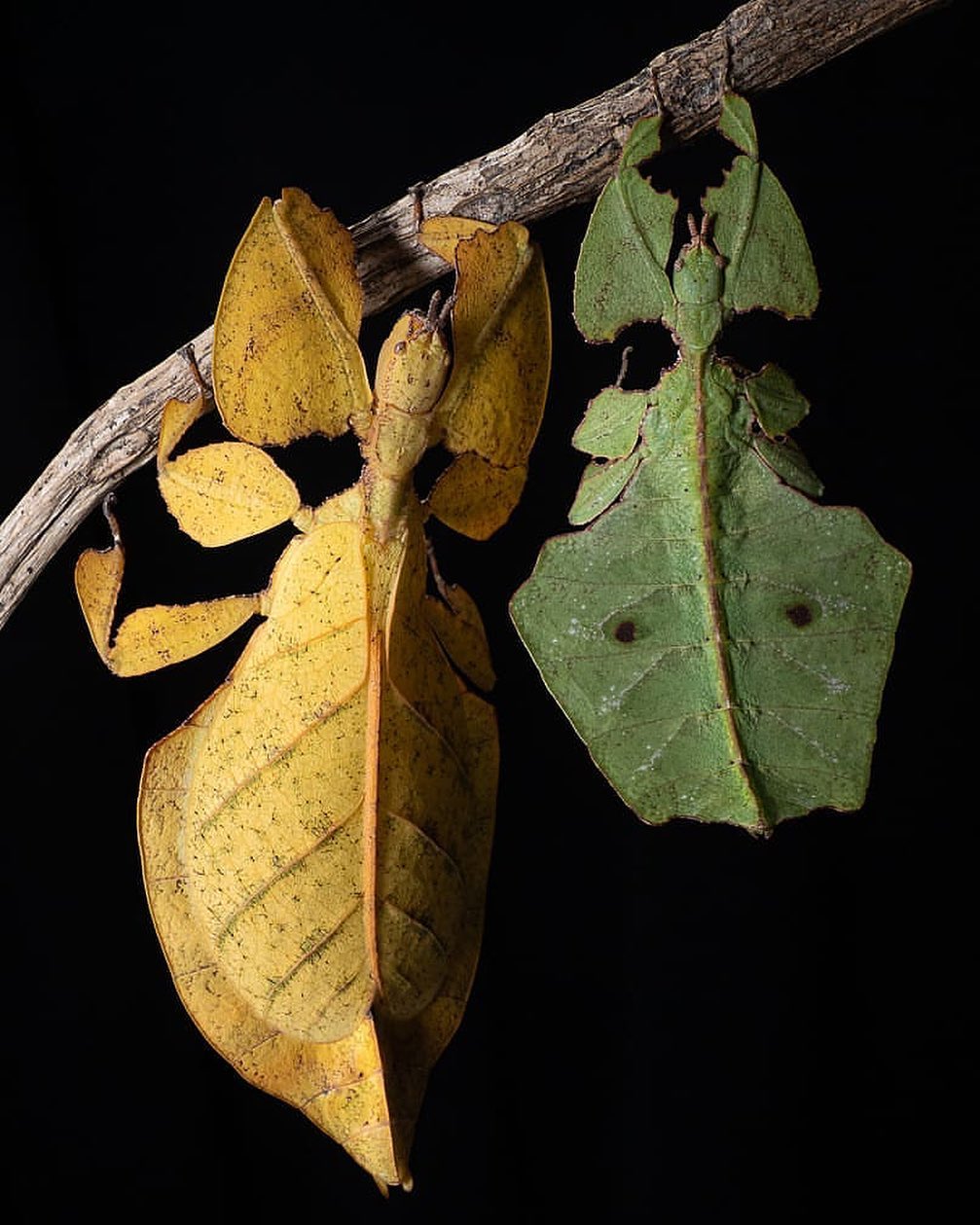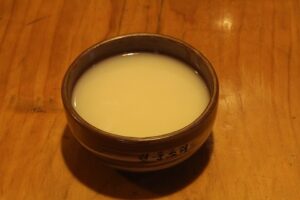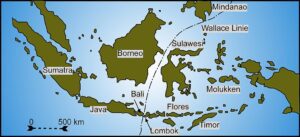 Pin
Pin Image by bigfoot from Pixabay
Vanilla comes from a specific type of orchid called Vanilla planifolia, and that’s where the struggle begins. This plant only grows in tropical climates and needs just the right balance of heat, humidity, and shade. It doesn’t grow like other crops you can toss into any field. Each vine takes years to mature before it produces flowers.
But here’s the kicker—the flower blooms for just one day. Miss it, and you miss the harvest. This fragile cycle is a big reason why vanilla is expensive crop. Farmers must constantly watch the plants and be ready to act fast. It’s not just farming—it’s babysitting. And that attention doesn’t stop there. Every step after this—from pollination to harvesting—requires just as much patience and precision. Vanilla’s entire story begins with a plant that refuses to make things easy.
Table of Contents
Hand Pollination – Labor That Can’t Be Skipped
 Pin
Pin Malcolm Manners from Lakeland FL, USA, CC BY 2.0, via Wikimedia Commons
One of the biggest reasons why vanilla is expensive crop comes down to something most other crops don’t require—hand pollination. In nature, there’s only one insect known to pollinate vanilla: the Melipona bee. But here’s the twist—it’s native to Mexico. In Madagascar and other vanilla-growing countries, that bee doesn’t exist. So humans have to do the job instead, flower by flower.
Each vanilla flower blooms for just one day. That means farmers have a very short window to get it pollinated or the flower wilts and dies. They use a small stick or toothpick to lift a membrane inside the flower and press the male and female parts together—super precise work. And it’s done entirely by hand, often by women and children in farming communities.
This isn’t a one-time task either. Since the flowers don’t all bloom on the same day, farmers return to the vines every morning during the blooming season. They go flower to flower, repeating this careful process over and over again.
Long Harvesting and Curing Process – Not Your Usual Crop
 Pin
Pin Image from Wikimedia Commons
Once the vanilla pods are pollinated and start growing, patience is key. It takes about 8 to 9 months for each pod to fully develop and reach maturity. Farmers don’t just pick them when they’re green and walk away. Each pod must be harvested at just the right time—too early and it won’t have the right flavor; too late and it splits open. That’s months of watching, waiting, and hoping the weather doesn’t ruin things.
But even after harvesting, the journey’s not done. In fact, this is where things get really intense. Vanilla pods go through a long and complicated curing process that can take up to 6 months. This includes blanching, sweating, drying, and conditioning. Each step has to be done in specific conditions to bring out the rich aroma and deep flavor we all associate with real vanilla.
This post-harvest care is manual, time-consuming, and unpredictable. All of that labor and risk adds to the long list of reasons why vanilla is expensive crop in today’s market.
Vanilla Theft and Crop Security – A Risky Business
In places like Madagascar, where most of the world’s vanilla is grown, vanilla isn’t just a crop—it’s currency. Farmers face real threats from thieves who target vanilla pods just before harvest. Since the value of vanilla can spike dramatically, a single vine of mature pods can be worth a lot of money. That’s tempting for criminals, and devastating for growers who’ve invested nearly a year of labor into each plant.
To prevent theft, some farmers harvest early, even if the pods aren’t ready. But doing that compromises quality and flavor, which means the final product suffers. Others resort to marking each pod with unique stamps or even sleeping in their fields at night to protect their crops. That’s how serious the risk is.
This added layer of stress, labor, and potential loss makes vanilla even more costly. Unlike crops grown in giant, secure farms, vanilla’s value turns it into a risky, high-stakes game—and that danger is one more reason why vanilla is expensive crop around the globe.
Climate Dependence – Vanilla Hates Surprises
Vanilla vines are extremely picky about their environment. They thrive only in specific tropical regions near the equator where humidity, rainfall, and temperature follow a narrow pattern. If there’s too much rain, the flowers might not bloom. If it’s too dry, the pods may not mature properly. Cyclones and droughts, especially in countries like Madagascar, can destroy entire harvests in one blow.
This makes the vanilla supply incredibly fragile. One bad season and global prices shoot up. Farmers can’t control the weather, and because it takes years to grow a vanilla plant, bouncing back from a climate disaster isn’t quick or easy. That kind of instability isn’t something buyers like, but it’s a reality that farmers live with every year.
That weather unpredictability adds even more cost to growing vanilla. The crop is literally at the mercy of nature, and there’s no backup plan. That’s a core reason why vanilla is expensive crop—every harvest is a gamble, and the odds aren’t always kind.
The Global Supply Chain – Delays, Middlemen, and Markups
Vanilla doesn’t go straight from farm to grocery store. There’s an entire chain of middlemen, exporters, importers, and distributors involved before it ends up in the hands of consumers or companies. Each player adds their own costs, profits, and delays to the process. The farmers—the ones doing the hardest part—often get the smallest cut.
After vanilla is cured and ready to be sold, it’s typically bought by exporters in local markets. Then it travels across continents to flavor manufacturers and food companies. There are inspections, certifications, and international standards to meet. This isn’t just vanilla—it’s a regulated luxury item that must pass through hoops to reach shelves.
And let’s not forget spoilage and loss during transportation. Since vanilla needs to be kept under specific conditions, any mistake in storage or shipping can ruin entire batches. Those risks and added costs all get factored into the final price. It’s no surprise why vanilla is expensive crop—the road from farm to fork is anything but smooth.
High Demand in Food, Cosmetics, and Fragrance Industries
Vanilla isn’t just a flavoring for desserts. It’s everywhere—from ice cream and soft drinks to perfumes, body lotions, candles, and even pharmaceuticals. The scent of vanilla is comforting, familiar, and widely loved. That kind of universal appeal creates massive demand across multiple industries.
But there’s a catch—only a small percentage of that demand is met with real vanilla. Most of what we smell or taste is made from synthetic vanillin, a lab-created alternative. Still, the demand for genuine vanilla remains high, especially among premium brands that want to market themselves as natural or artisanal.
This constant pressure for real vanilla drives prices up. There’s not enough natural supply to meet the global demand, especially with how slow and risky the farming process is. So even if only a fraction of buyers insist on the real stuff, it still pushes the price into luxury territory. That’s yet another reason why vanilla is expensive crop—everyone wants it, but there’s only so much to go around.
Vanilla Grading – Only the Best Pods Make the Cut
Not all vanilla beans are created equal. Just like diamonds or coffee beans, vanilla is graded based on quality. Grade A (also called gourmet vanilla) is the top-tier product—moist, plump, shiny, and aromatic. These beans are preferred by chefs, luxury food companies, and high-end buyers. Grade B beans, which are drier and less pretty, are mostly used for extracts and bulk production.
The grading process is done by hand, and it’s extremely detail-oriented. A bean can be rejected just because it’s too short, cracked, or slightly blemished. Farmers and processors spend time sorting each pod individually. That means a lot of good-quality beans never make it to the top shelf, even if they’re flavorful.
All of this adds to the overall cost. High-quality beans are rare and take more work to produce, so the price reflects that. It’s like paying for a well-aged wine or hand-crafted chocolate. This grading system is yet another reason why vanilla is expensive crop and treated like a fine commodity.
Synthetic Vanilla vs. Natural – Why People Still Pay More
It’s easy to wonder why people don’t just use synthetic vanilla. After all, it’s way cheaper and widely available. In fact, over 95% of the “vanilla” in products around the world is synthetic. It’s made from guaiacol (a compound from wood) or even lignin from paper pulp. It smells similar, but that’s where the similarity ends.
Real vanilla contains hundreds of subtle flavor compounds that synthetic versions can’t replicate. That depth is why chefs, bakers, and luxury brands stick to natural vanilla—even at a much higher cost. People want authenticity, especially when it comes to food, and many are willing to pay more for it.
This ongoing demand for the real deal helps keep prices high, even when cheaper alternatives exist. For some, the flavor isn’t negotiable. That craving for purity and the prestige of using “real vanilla” reinforces why vanilla is expensive crop—despite science offering a budget-friendly substitute, natural still wins the flavor game.
The Future of Vanilla – Innovation vs. Sustainability
As the demand for vanilla continues to rise and climate change brings more unpredictable weather patterns, the future of vanilla farming faces some tough questions. While innovation in agriculture is pushing for better, more sustainable practices, there’s no easy fix to the many challenges vanilla farmers face.
Some researchers are exploring alternatives like lab-grown vanilla, which could one day offer a sustainable and cost-effective option. But these methods are still in their early stages, and it may take years before they can truly replicate the complex flavors of real vanilla. On the other hand, more farmers are trying to adopt sustainable practices, like organic farming and climate-resistant crops, to ensure the future of vanilla is as bright as its past.
The cost of vanilla may always remain high, but as the industry adapts, we may see a shift in how it’s grown, harvested, and distributed. One thing’s for sure: vanilla is a luxury crop that commands respect, and its future will likely continue to be shaped by a mix of innovation and dedication to preserving the quality that makes it so special. That’s a key piece of why vanilla is expensive crop—it’s not just a trend, it’s a lasting legacy.
FAQs
Vanilla is expensive due to the labor-intensive process involved in its cultivation, from hand pollination to the lengthy curing process. Additionally, the crop is highly dependent on specific climatic conditions, and thefts or natural disasters can further affect the supply, driving up prices.
Real vanilla is more expensive because it contains hundreds of complex flavor compounds that cannot be replicated by synthetic versions. The entire process of growing, harvesting, and curing vanilla takes years of work, which contributes to its premium price.
It takes about 3 to 4 years for a vanilla vine to mature and begin producing flowers. After pollination, the pods take about 8 to 9 months to fully mature, meaning the entire process from planting to harvest can span several years.
No, vanilla requires specific tropical climates to thrive. It needs warmth, humidity, and shade, which limits its growing regions to a few select areas near the equator, such as Madagascar, Mexico, and parts of Indonesia.
Vanilla is harvested by hand after careful observation of the plant’s flowers. Once harvested, the beans undergo a detailed curing process, which includes blanching, sweating, drying, and conditioning. This entire process can take up to 6 months to complete.

